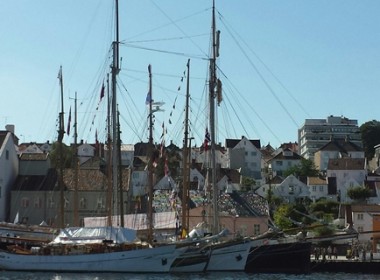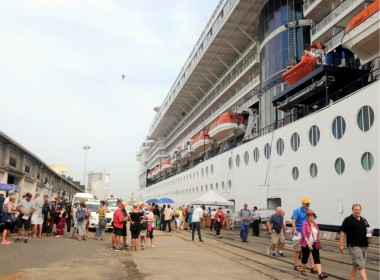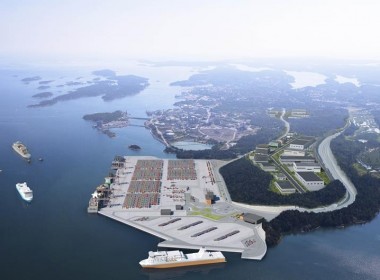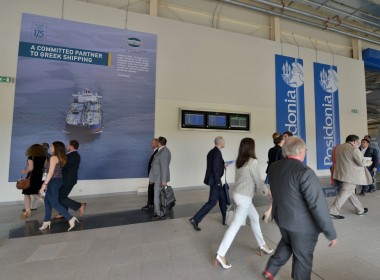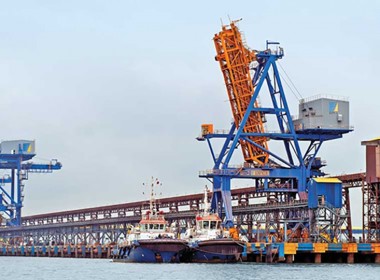Ports of Auckland announces first half results
New Zealand’s Ports of Auckland has recorded a profit of NZ$84 million (US$61 million) for the first half of 2016, up NZ$21 million on last year, despite a drop in bulk and container volumes.
The company’s revenue was NZ$211 million, NZ$7 million less than 2015 and underlying expenses were NZ$105.7 million, down NZ$12.7 million.
“We thought it was going to be a tough year, and so it proved, but we still increased profit and dividend,” said Ports of Auckland’s chief executive, Tony Gibson.
“Two factors have contributed to a more difficult market. Lower iron and steel prices have resulted in significantly lower iron sand exports and while this was partially offset by increased cement throughput due to Auckland’s booming construction sector, bulk volumes were down 5.5 per cent. However, imports of cars, light commercial vehicles and ‘high and heavy’ vehicles increased, keeping the total fall in bulk and break-bulk volumes to just 2.2 per cent. We expect similar volumes in the current financial year.”
He added that the container industry’s ongoing difficulties caused by ship construction outstripping trade growth also caused issues. “The resulting overcapacity has led to a significant reorganisation of shipping services internationally, which is also affecting ports,” Gibson said.
“Twelve of the world’s top 30 ports have reported volume reductions this year. In New Zealand, the changes have resulted in volume leaving Auckland. The situation is expected to continue. Global container throughput is expected to grow by only 0.3 per cent this year while shipping capacity will increase by 4.6 per cent. We are expecting our container volumes to be flat or fall this financial year.”
Ports of Auckland saw container volumes drop 6.7 per cent compared to last year to 907,099TEU but saw a 1.7 per cent rise in car and light commercial vehicle volumes 248,065 units.
However, breakbulk and bulk volumes (including cars and LCVs) was also down 2.2 per cent to 5.79 million tonnes.
The port is currently developing a supply chain network in New Zealand’s north island to support future growth and is continuing to partial automate its container terminal.


